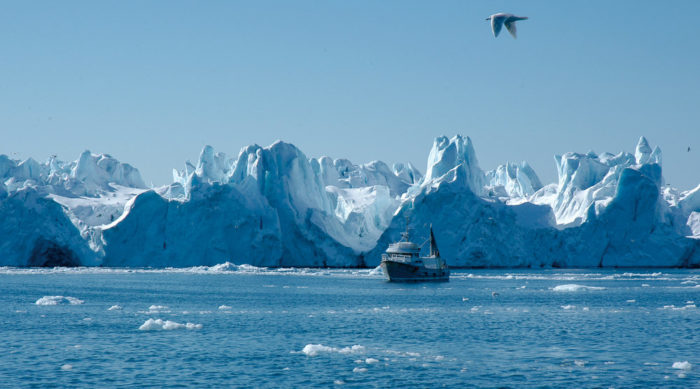Ocean acidification may be the most devastating result of climate change for mankind to tackle. What it means in simple terms is that the oceans are becoming more acidic and that the pH of oceans globally is decreasing. Ocean acidification is a direct result of CO2 emissions to the atmosphere and a grave threat to global marine life, although as many have pointed out, perhaps because its effects are underwater and not as easily detected as those happening on land, general awareness and understanding of growing ocean acidification is not as strong as it should be, especially among the fishing nations of the north.
Marine biologist, Dr. Hrönn Egilsdottir, research specialist at the Marine and Freshwater Research Institute of Iceland and a leading authority on ocean acidification describes it so in a recent interview. “In simple terms the cause of ocean acidification is the uptake of CO2 from the atmosphere but as we all know by now we humans have been adding CO2 to the atmosphere since we started burning fossil fuels. The oceans have taken up about a fourth of the CO2 added to the atmosphere by humans. This uptake changes the chemical balance of the ocean and results in the decrease in pH, a change we refer to as ocean acidification.”
“Oceans have changed in the earth history, but the ocean environment has been rather stable for the last hundreds of thousands of years. Ocean acidification in our time began sometime in the 20th century when the concentration of CO2 in the atmosphere started rising at an alarming rate. In the 1970s scientists began realising that by adding CO2 to the atmosphere, humans could cause global warming. However, it wasn’t until the beginning of this century that scientists realised that the oceans were indeed becoming more acidic due to the uptake of CO2 from the atmosphere. Regular long-monitoring of seawater chemistry revealed that the pH level of seawater was decreasing on a global scale.”
Ocean Acidification, the simple truth – Read the full interview here.
Photograph: JONAA©Kristjan Fridriksson

